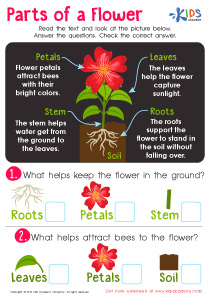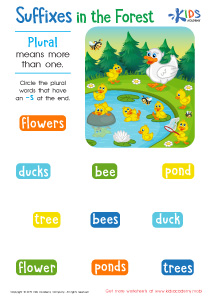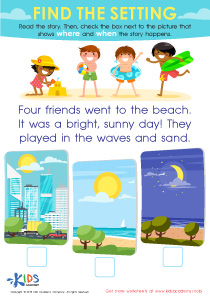Story sequencing Easy Reading Fiction Worksheets for Ages 3-5
3 filtered results
-
From - To
Introduce your little learners to the magic of storytelling with our "Story Sequencing Easy Reading Fiction Worksheets for Ages 3-5". These expertly designed worksheets help children develop essential reading and comprehension skills by arranging story events in the correct order. Perfectly tailored for young minds, these activities are engaging and fun, making learning an enjoyable adventure. Through colorful illustrations and easy-to-understand narratives, kids will enhance their logical thinking and narrative skills. Ideal for preschool and kindergarten students, these worksheets guide children on a joyful journey through the basics of story structure and sequencing. Make reading time a moment of discovery!
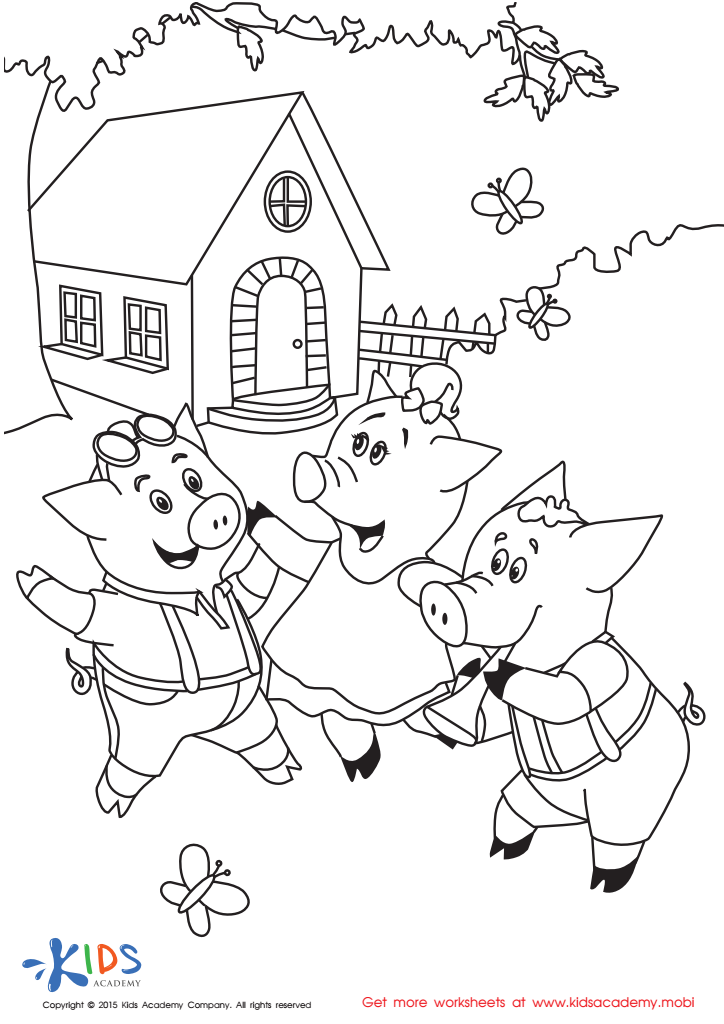

Folktales Printable PDF Worksheet: The 3 Little Pigs
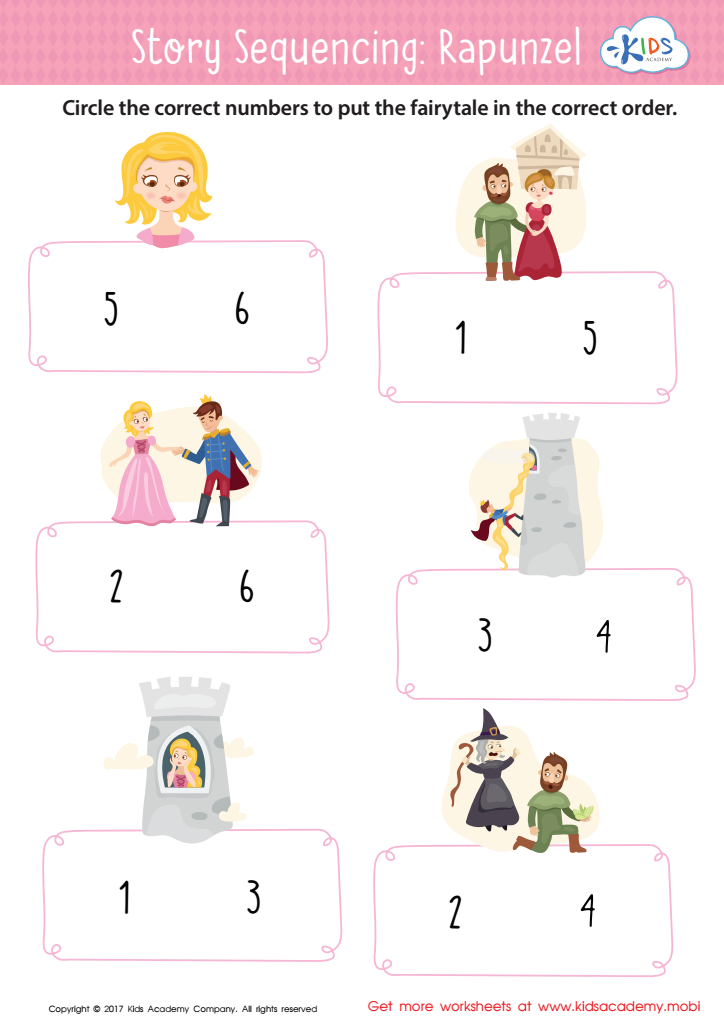

Rapunzel Story Sequencing Worksheet
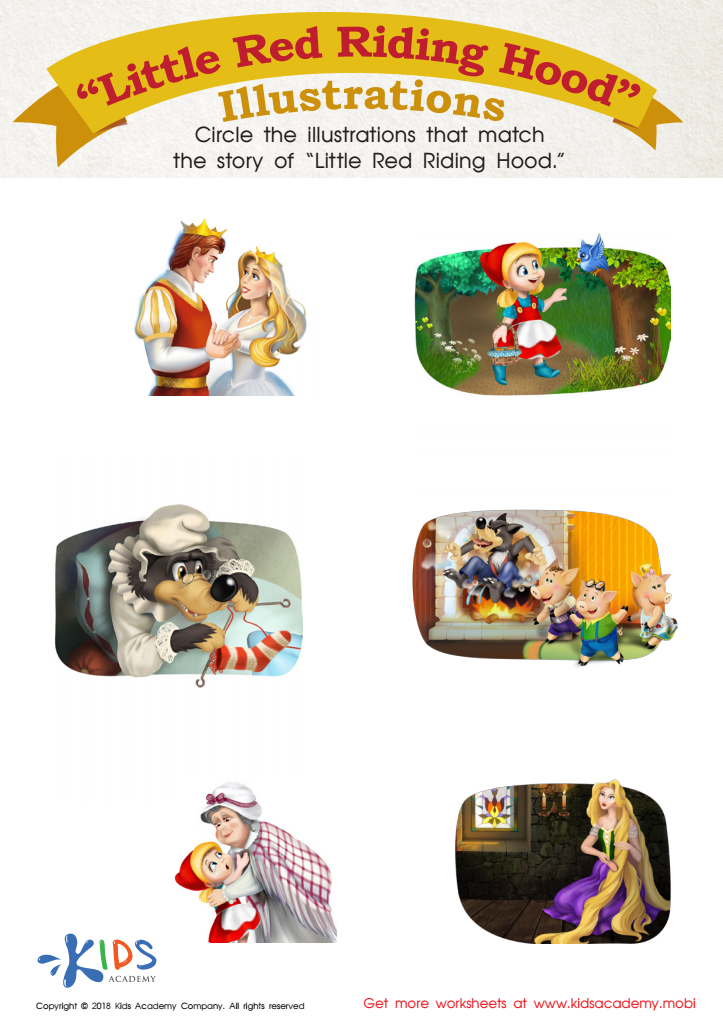

Little Red Riding Hood: Illustrations Worksheet
Story sequencing is a foundational skill that significantly benefits early childhood development, particularly for ages 3-5. Parents and teachers should care about incorporating story sequencing in easy reading fiction because it enhances key aspects of cognitive and literacy development.
Firstly, story sequencing helps young children understand the concept of beginning, middle, and end, fostering their narrative comprehension. By engaging in stories with this structure, children begin to grasp how events unfold logically, aiding in memory enhancement and better information retention.
Secondly, sequencing activities improve language skills. When children practice retelling stories in order, they use a wide range of vocabulary and sentence structures, which builds their verbal communication abilities. These exercises also compel them to think about how words connect to form coherent thoughts.
Furthermore, sequencing encourages critical thinking and problem-solving. As children deduce what happens next or recall sequences, they employ logic and reasoning. This cognitive challenge is essential for developing focus and attention to detail, crucial skills for future academic achievement.
Lastly, these activities can enhance social-emotional development by fostering patience, perseverance, and confidence. Successfully sequencing stories gives children a sense of accomplishment and boosts their self-esteem.
In summary, focusing on story sequencing in easy reading fiction offers a rich array of developmental benefits, making it a vital educational practice for young learners.
 Assign to My Students
Assign to My Students








